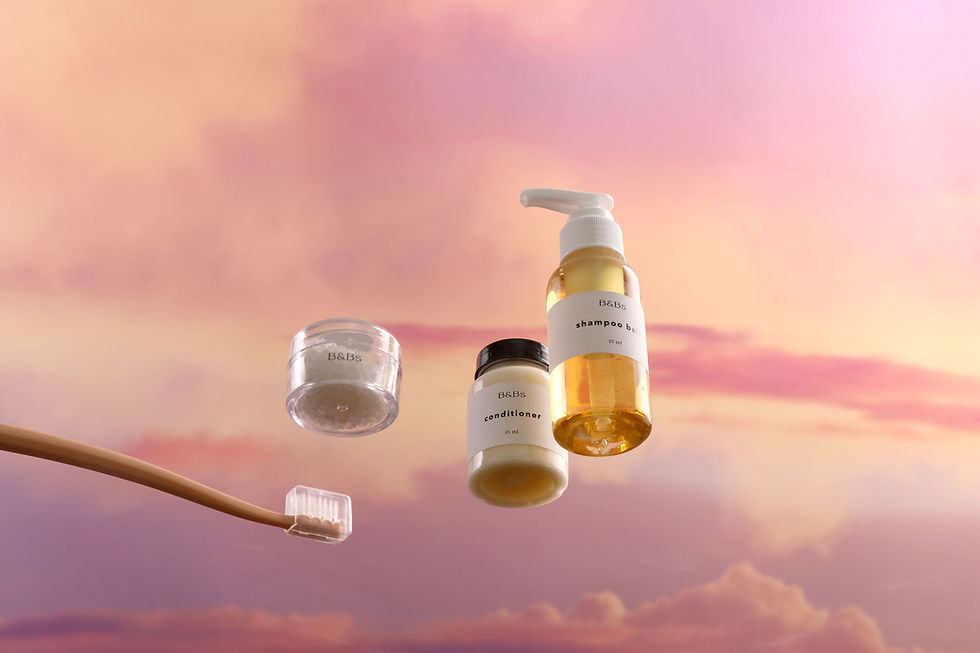Building a Skincare Brand from Scratch: Step-by-Step Guide
- Sachin A
- May 15
- 2 min read
Introduction
Starting your own skincare brand may sound daunting — but with the right roadmap, it’s absolutely achievable. Whether you're an aesthetician, dermatologist, wellness influencer, or aspiring beauty entrepreneur, private label manufacturing offers the perfect launchpad. Here's your comprehensive step-by-step guide to building a skincare brand from scratch.

Step 1: Define Your Brand Vision
Before you think about packaging or product names, get clear on your brand’s purpose:
What values will your brand represent (e.g., sustainability, clinical efficacy, affordability)?
Who is your ideal customer?
What problem are you solving?
What will differentiate your brand from existing players?
Step 2: Choose Your Product RangeFocus is key. You don’t need to launch with 20 products. Instead, consider starting with a hero range:
Cleanser + Toner + Moisturizer (CTM routine)
Serum or treatment product (Vitamin C, Niacinamide, Retinol)
Sun protection or overnight repair
Consider market trends, seasonal demand, and consumer pain points while selecting SKUs.
Step 3: Partner with a Trusted ManufacturerLook for a private label manufacturer that offers:
GMP-certified production facilities
Low MOQs for startups
Custom formulation support
Regulatory compliance and documentation
Transparent communication and timelines
Step 4: Develop Your FormulationsIf you're opting for custom formulations:
Finalize key ingredients based on efficacy and skin compatibility
Test multiple samples (texture, fragrance, performance)
Conduct patch testing or arrange dermatological trials if needed
If choosing from ready formulations:
Check ingredient lists carefully
Ensure compliance with your brand promises (e.g., vegan, cruelty-free, sulfate-free)
Step 5: Branding and Design
A visually compelling identity sets the tone for your brand:
Choose a brand name that is memorable and aligned with your ethos
Create a logo and packaging design that matches your target market
Ensure your labels meet legal guidelines (ingredient list, batch number, manufacturer info, etc.)
Step 6: Legal and Regulatory Setup
Get your business registered (proprietorship, LLP, or Pvt Ltd)
Apply for cosmetic license if required
Ensure packaging and labeling comply with BIS and CDSCO regulations
Step 7: Plan Your Distribution ChannelsWhere will you sell your products?
Direct-to-consumer via Shopify, WooCommerce, or Wix
Third-party marketplaces like Amazon, Flipkart, or Nykaa
Physical retail, pop-ups, or salon partnerships
Step 8: Marketing and Launch StrategyCreate buzz before launch:
Build your Instagram presence early with behind-the-scenes content
Send samples to influencers or skincare professionals
Plan a launch giveaway or email signup campaign
Post-launch:
Share testimonials and UGC (user-generated content)
Run ads targeting your ideal audience
Educate through blogs, videos, and tutorials
Step 9: Feedback and OptimizationYour first batch is just the beginning. Collect feedback, track what’s selling, and tweak accordingly:
Optimize packaging for durability or sustainability
Reformulate based on user feedback
Expand with complementary products
Conclusion
Creating your own skincare brand is not just about products — it's about trust, transformation, and consistency. With a focused approach and the right partners, you can go from idea to shelf-ready in a matter of months.
Need help bringing your skincare brand to life? Let our private label experts support your journey from concept to consumer. Reach out today!




Comments